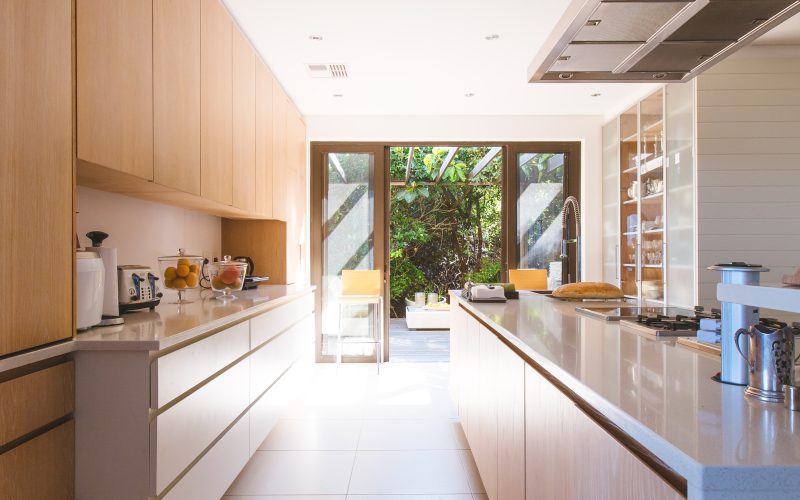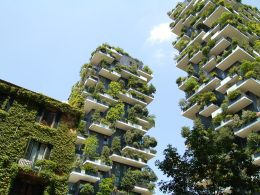In bustling urban centers, the importance of green spaces cannot be overstated. Parks offer respite from the concrete jungle, provide recreational opportunities, and contribute to the overall well-being of residents. However, beyond their aesthetic and recreational appeal, parks also have a significant impact on property values. This feature story explores the relationship between green spaces and property values, shedding light on the tangible benefits that parks bring to surrounding communities.
The Connection Between Parks and Property Values:
The presence of well-maintained parks has long been associated with increased property values in urban areas. Numerous studies have indicated a positive correlation between the proximity to parks and higher real estate prices. Homebuyers and investors are increasingly recognizing the value of living near green spaces due to the myriad benefits they offer.
1. Aesthetics and Visual Appeal:
Parks enhance the aesthetic value of neighborhoods, providing a pleasant and visually appealing environment. Lush greenery, blooming flowers, and well-designed landscapes can significantly improve the overall attractiveness of an area. Properties located near these green spaces often benefit from enhanced curb appeal, making them more desirable to potential buyers.
2. Improved Quality of Life:
Access to parks promotes an active and healthier lifestyle. Regular exercise, outdoor activities, and a closer connection with nature positively influence the well-being of residents. Communities with well-utilized parks often have lower rates of obesity, stress-related illnesses, and mental health issues. The promise of a healthier lifestyle in proximity to parks is a significant draw for prospective homebuyers, which can drive up property values.
3. Enhanced Property Demand:
The demand for properties near parks is often higher than for those without such amenities. Homebuyers seek environments that offer recreational opportunities, family-friendly spaces, and a sense of community. Proximity to parks can also attract families with children, as these areas typically offer playgrounds, sports facilities, and picnic spots. The increased demand for housing near parks creates competition among buyers, resulting in higher property values.
4. Economic Impact:
Parks can generate economic benefits for the surrounding areas. They often serve as focal points for community events, festivals, and markets, attracting visitors from both near and far. These visitors contribute to the local economy by spending money at nearby businesses, such as restaurants, cafes, and shops. The economic vibrancy brought about by parks can have a positive effect on property values, as investors recognize the potential for commercial growth in these areas.
Conclusion:
Parks are not just patches of green in a concrete jungle; they are invaluable assets that contribute to the overall livability and desirability of a neighborhood. Their impact on property values cannot be overlooked, as they enhance aesthetics, improve quality of life, stimulate economic activity, and create a sense of community. Investing in the development and maintenance of parks is a win-win situation, benefiting both residents and property owners. As cities continue to grow and evolve, recognizing the significance of green spaces becomes imperative for ensuring healthy and thriving urban environments.
Disclaimer: The views and opinions expressed in this article are those of the author and do not necessarily reflect the official policy or position of any agency or organization.












